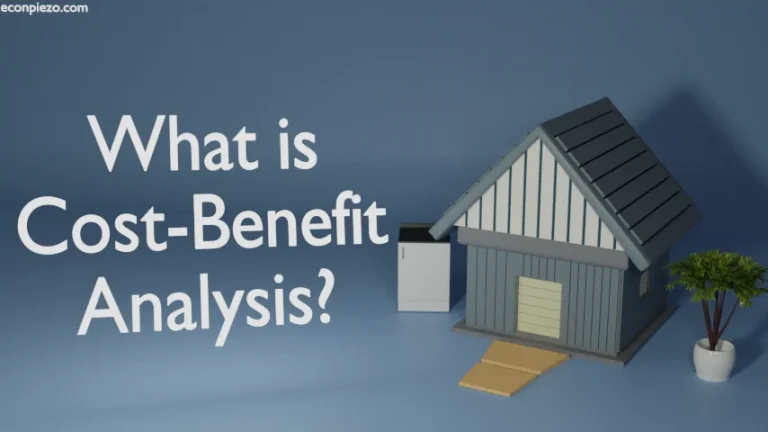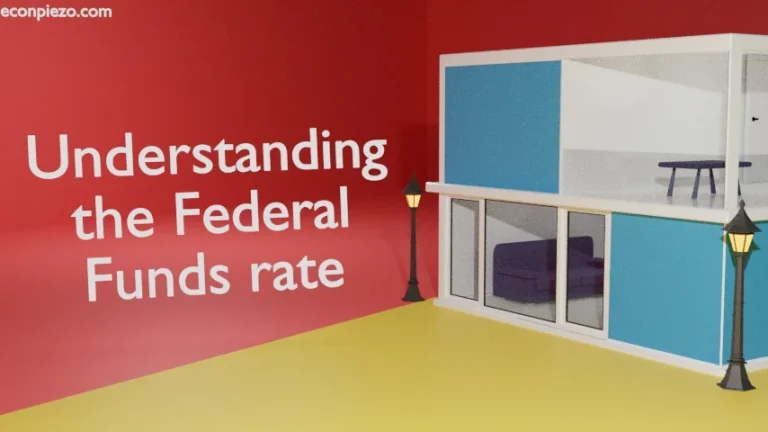Price controls are usually implemented to safeguard consumers from inflation. Few policymakers have advocated for implementing price controls to reduce inflationary pressures. In this article, we cover effects of such price controls.
If the situation requires then the Governments can bring in the necessary regulation that controls the rate of change in both prices and wages. When that happens, Governments dictate the prices for consumers. There is a maximum price that a seller can charge to its customers for a specific good if such regulation comes to effect.
Under normal circumstances, when prices of goods rise, it acts as an incentive for producers to increase supply and profit from it. But, when price controls are implemented, it takes away the incentive to produce more. It also hampers the quality of a product. Businesses won’t bring in new technologies/features, it stifles innovation.
Overall, prices are not determined by the supply and demand of a good. Instead, it is set by the Government. In most cases, they make the seller sell their product at a discount. It leads to a supply crunch. Despite the good being available at lower prices, it can’t be sold to the larger group. The supply just isn’t there.
Effects of Price Controls
The following are the consequences of Price controls:
- Supply shortages,
- Innovation gets stifled,
- Quality gets compromised and,
- Businesses allocate less to research and development.
There is a mismatch in supply and demand if market forces can’t decide the prices. Clearly, some buyers could be favored while others queue to get the necessary goods in the absence of formal rationing.
Apart from that, there is a difference in executing price controls on select goods. If price controls are introduced only for strategic goods to keep inflationary pressure down. Then, it doesn’t work as demand would shift to substitutes. The factors of production chase the sector where there is demand. And, as prices of such substitute goods rise, so does their supply. Eventually, supply issues linger for longer for the goods on which price controls were introduced. This leads to system-wide price controls for all goods and services.
If during the periods when price controls are in effect, the Federal Reserve or the central bank begins on a path of expansionary monetary policy then it creates distortion in the market.
In conclusion, it is always good to reduce inflationary pressures through appropriate monetary and fiscal policies. If we can’t get the job done through them. Then, we need to consider alternatives one of which is price controls.






